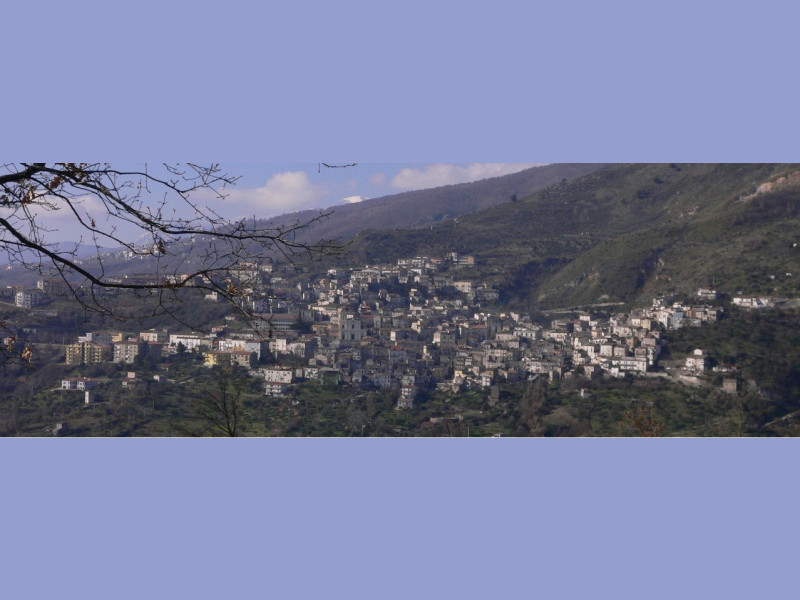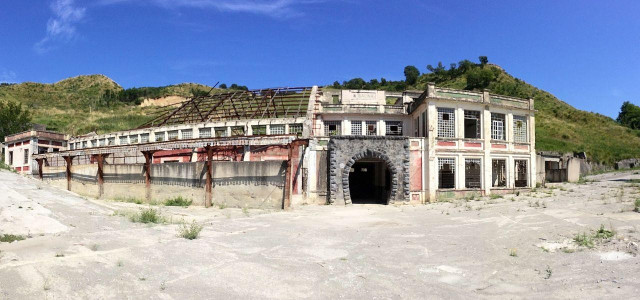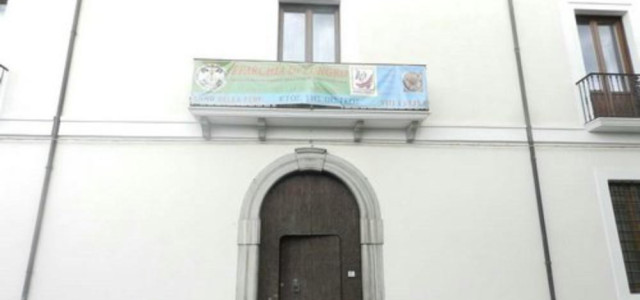Lungro
Small town in province of Cosenza founded by refugees arrived in southern Italy from Albania, in the second half of the fifteenth century. Important reference point for whole Albanian-Italian community, real religious capital and seat of Eparchy of Greek-Byzantine rite. Ancient village recalls Eastern tradition in circular structure of the buildings, gathered around two central squares and spread in typical gjitonia (neighborhoods), social groups with their own rules. The bust of Albanian patriot, Giorgio Castriota Scanderbeg, is reserved pride of place at the center of the town's main square. Lungro has soul in its ancient traditions, jealously guarded, picturesque religious festivals and rituals of Holy Week (Java e Madhe), Easter (Pashkëvet) and famous Carnival (Karnivalli), during which the town streets come alive with storytellers who recite ancient poems of singing arbëreshë tradition. Among the specialties, honey cakes and shtridhëlat me fasule, especially pasta finely worked by hand and topped with tomato sauce and beans, typical dish. Among other points of interest, ancient salt mine, visual evidence of the oldest and most important mines in Europe, used by Greek colonies of Sibari and Thurij, Romans and Normans, who gave birth to a flourishing trade rock salt transported by mule.






